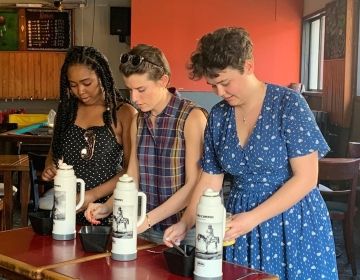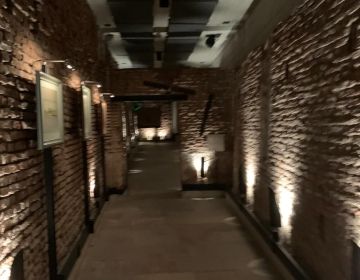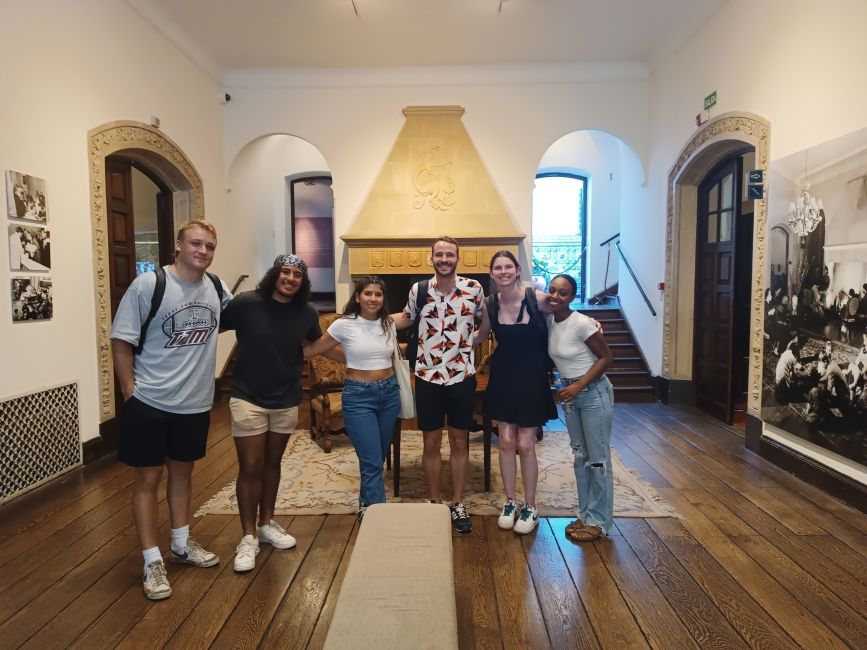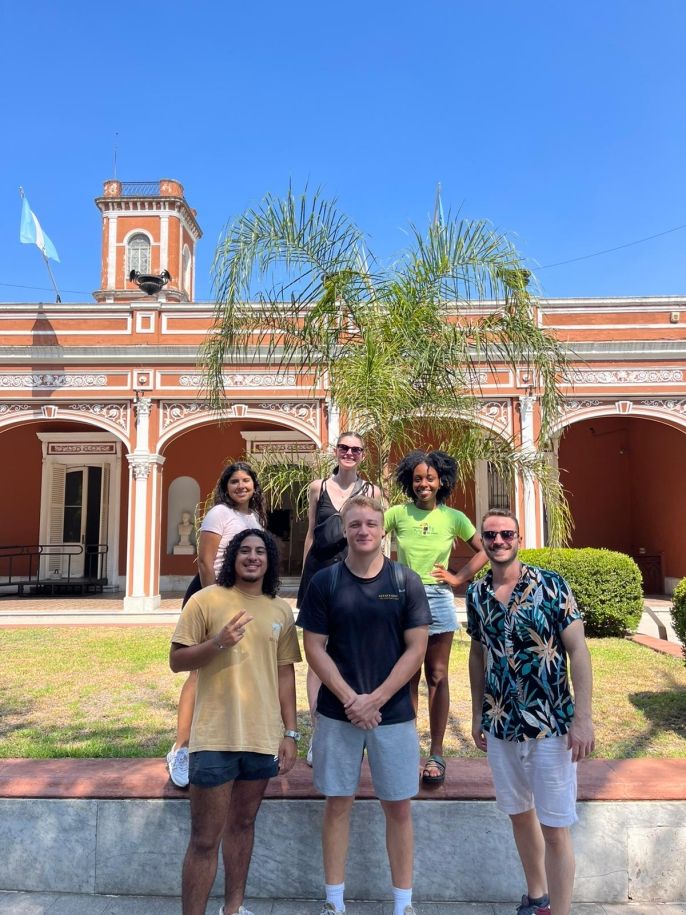Building transformational leaders
By Professor Bruno Nunes
During this Spring block II, in the Transformational Leadership Across Culture course we’ve explored the different political, economic and social leaders and leadership styles, skills, traits and past and present processes between them and their followers. Leadership, in essence, is this process of managing, empowering and helping people in different ways for the benefit of institutions, companies, governments, social movements, etc.
From democratic to authoritarian, charismatic, transactional and transformational, we’ve reflected about each style using international and national examples, as well as discussing the advantages and disadvantages of each style for different contexts and environments.
One of the leaders we’ve studied the most was Frederick Douglass, such an important and influential person in the US history and even the world. Douglass was a slave and an advocate for the end of slavery. His ideas, actions and allyships reached the most powerful decision-makers in the US to put an end on it. His example still guides and inspires many people who struggles for freedom and social justice all over the world.
And what about the Argentinean and Latin American leaders? José de San Martín, Simón Bolívar, José Artigas, José Martí, Manuel Belgrano, Mariano Moreno, Juan y Eva Perón, Juana Azurduy, Francis the Pope, the Abuelas de Plaza de Mayo, and many more, were key in building these countries and region. Through quizzes, Kahoot, visits to museums and videos we’ve learned about them, their skills and historical processes.
Also, we did some nice and deep reflections about stereotypes and racism, analyzing the Black Lives Matter and other social movements as shared leadership models in the Americas.
And finally, we’ve learned and reflected about personal leadership, which is this practice/method for leading ourselves, knowing our own emotions and reactions to critical moments and how we can address it in the best and most effective way.
Related Posts
Argentine sobremesa
There’s a chalkboard in my host mom’s kitchen that for the past few months has read, “La vida es más linda cuando la compartimos”. I’ve done a lot of reflecting... keep reading

Spanish and Mate: making new friends in Buenos Aires
By Open Campus Student, Kelsey Lynn Dearing CIEE Buenos Aires offers students the opportunity of meeting locals, Porteños, at Mate Club. Every Tuesday, Thursday and Saturday Argentineans seeking for new... keep reading

Deep in the Origins- Tango and Buenos Aires
Warm and sunny weather tangoed this noon for J-term students gathering at "El Zanjón de Granados", where we met for a visit. We had the chance to visit a typical... keep reading


